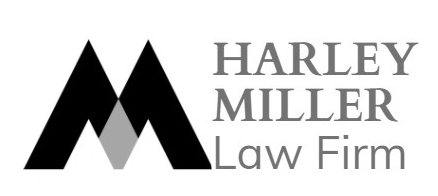Trademarks
According to Section 18, a mark is a distinctive sign used to differentiate one company’s goods and services from those of another company.
Service marks
Service marks and trademarks share many similarities. Both are distinctive signs; a trademark identifies one company’s goods from those of another, and a service mark differentiates one company’s services from those of another. Any service can be regarded as a service; some examples are finance, banking, travel, advertising, and dining. Service marks like trademarks, can be registered, renewed, invalidated, transferred ownership and right of use.
Collective mark
In general, a collective mark is owned by an association or cooperative; however, these organizations do not utilize the collective mark; instead, only their members can use it to promote their products. The collective organization that has the exclusive mark provides its members with the right to use the mark as long as they comply with conditions/requirements regulated in the collective mark rules (e.g., quality standards, geographic origin). Collective mark may be an effective approach for promoting the products of a group of companies that would otherwise struggle to get their individual brands recognized by consumers or/ and distributed by retailers. Melinda is a typical collective mark used by 5,200 apple producers in the Valle di Non and Valle del Sole of Italy. Each producer has the right to use Melinda Company’s collective mark if their apple products conform to the standards stated by this company.
Certification marks
Certification marks are given to verify conformity with certain standards but are not limited to any particular member. The certification mark could be applied by those who can prove that the relevant product fulfill certain standards. The main difference between collective marks and certification marks in most countries is that collective marks can only be used by a specific group of businesses (for example, members of an association), whereas certification marks can be used by anyone if they conform to the standards which is set up by the certification mark owner.
A key requirement for a certification mark is that those applying to register the mark will have “right to certify” the related product. Woolmark is an example of a certification mark, because it is exclusively used to certify products produced 100% of wool.
Famous marks
A famous trademark recognized by a country’s authority. “Famous trademarks” are often granted more protection. For instance, famous trademarks are protected though they are not registered (or are not utilized) in a certain country. In addition, if a trademark is only protected against confusingly similar marks when they are used for identical or similar products, where as a famous mark is used to protect against confusingly similar marks when they are used for unrelated things. The main objective of greater protection is to prevent companies from making use of a famous mark’s reputation and/or resulting in damage to that mark’s reputation and customer trust.





